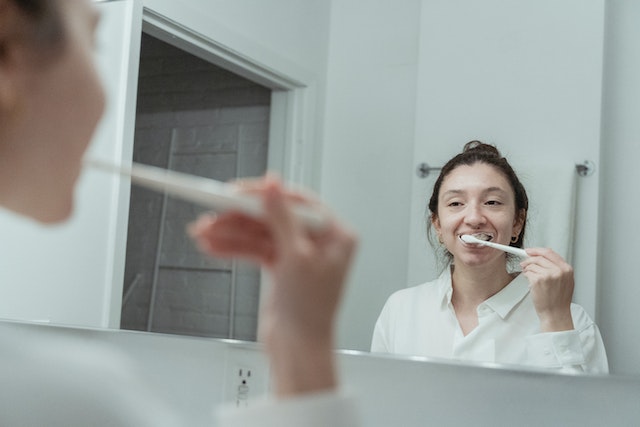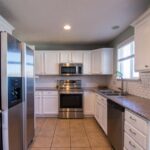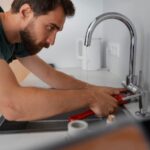In the first few days or weeks after having braces, you may feel some soreness and stiffness. While minor discomfort is common during the adjustment to orthodontics, it can be alleviated with over-the-counter pain medications or by using one of several household cures. Have you been looking for a simple way to enhance the appearance of your teeth? If so, you’re at the right place. When you have your teeth straightened with Boston Braces, the process might take as little as six months if you reside in or near the Boston metropolitan region.
Salinity-infused final rinse

Rinsing your teeth with tepid saline water can help reduce the discomfort caused by orthodontics. In addition to relieving discomfort, this remedy also helps reduce redness and soreness in the gums. A spoonful of salt dissolved in a cup of tepid water is the solution. Swish the solution around your lips for a few minutes and then spew it out.
Put on an Ice Pack or Cold Compress
Applying ice or cool cloth to the skin around the braces can dull the region and minimize any discomfort or swelling. For about 15 minutes at a time, rest with an ice bag or cool rub on your face. If the discomfort persists, repeat the procedure several times daily.
Consume Cold or Soggy Foods
It may help to dull the discomfort and decrease irritation around the braces if you eat cold or mushy meals. Some tasty choices are ice cream, yogurt, milkshakes, and broth. Avoid meals that are too firm or chewy, as they may cause additional discomfort by pressing against the supports.
Make Use of Braces Wax

By covering your braces with orthodontic wax, you can lessen the discomfort and soreness produced by the bands and wires. A small quantity of wax can be applied to the offending clamp or wire, and then the appliance can be carefully pressed down to alleviate the pain.
You can reduce the discomfort caused by your orthodontics by taking an over-the-counter pain medication, such as aspirin, paracetamol, or naproxen sodium. These drugs are effective at reducing inflammation and alleviating pain almost instantly. To avoid negative effects, the suggested dose must be strictly adhered to.
It’s important to maintain a regular routine of brushing and flossing.

Inflammation and soreness around the braces can be reduced with frequent brushing and cleaning, which can help reduce discomfort. Use fluoride toothpaste and a soft-handled toothbrush to carefully but completely clean your teeth and orthodontics. Use a floss threader if you need to get the floss in and out of the spaces between your teeth and under your orthodontics.
Rub Your Gums Together
Gum massage has been shown to decrease swelling and discomfort by increasing blood flow to the region. For a few minutes, multiple times daily, knead the lips around the braces using spiral motions with your fingertips.
Compress with Heat
Pain and soreness from orthodontics can be alleviated with the application of a heated cloth to the mandible. Get a towel wet with tepid water and squeeze out the excess. Several times a day, for about 15 minutes each time, push the poultice against your face.
Get some H2O
Staying moisturized and reducing redness and discomfort around the braces are two benefits of drinking water regularly. It may also alleviate soreness by removing irritating germs and dietary debris.
Make use of Stress Reduction Methods
The discomfort of having braces can be made worse by mental and emotional stress, so it’s essential to learn to unwind through activities like deep breathing, meditation, or yoga. Relaxing the mind and body with these methods can help alleviate stress and discomfort.
In summation, discomfort from braces is a typical side effect of orthodontic therapy, but it can be alleviated with careful attention to your own personal care. Some quick fixes for braces discomfort include salt water rinsing, an ice pack or cold compress, eating cold or soft foods, orthodontic wax, pain relievers, regular brushing and flossing, gum massaging, a warm compress, water consumption, and relaxation techniques.







